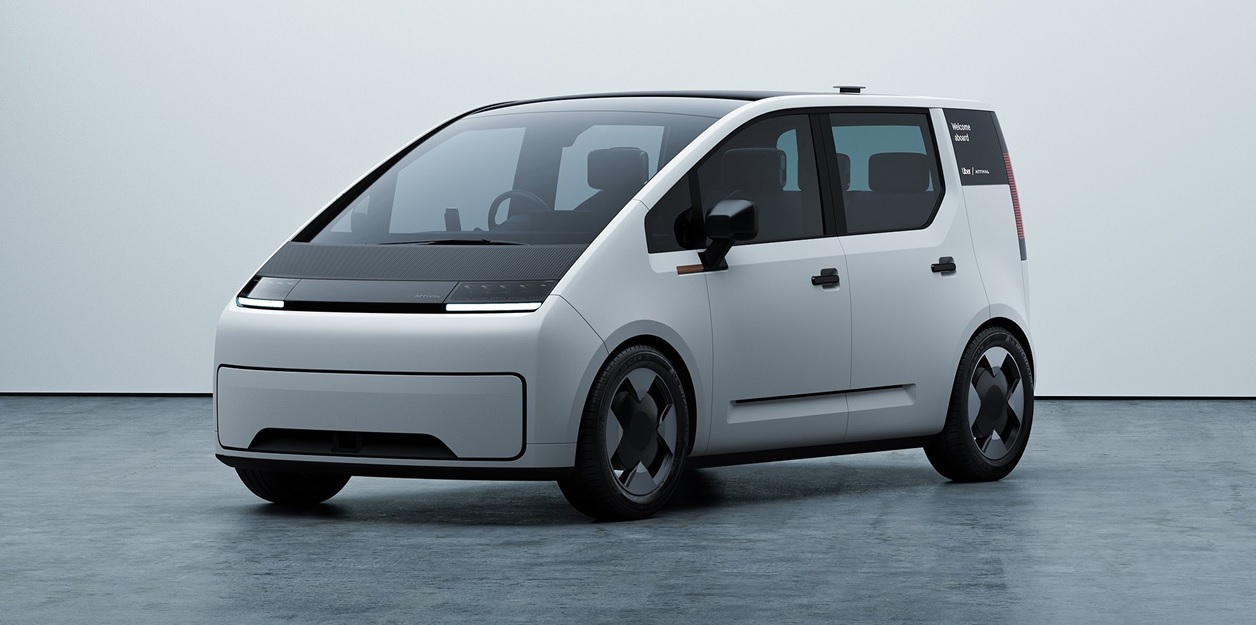In a world striving for greener, more sustainable transportation solutions, electric vehicles (EVs) have become a powerful symbol of change. Among the emerging players in this sector, Arrival electric vehicles have captured significant attention for their innovative approach to vehicle design and manufacturing. Arrival, a UK-based startup, is not just building electric vans and buses—it is redefining how vehicles are made, with a focus on local microfactories, modular components, and cost-effective scalability. If you’re exploring the future of EVs or are interested in sustainable fleet solutions, this article offers a comprehensive, research-driven overview of Arrival’s progress, technology, and market impact.
Who Is Arrival?
A Brief Company Overview
Arrival was founded in 2015 by Russian entrepreneur Denis Sverdlov and has since grown into a leading EV innovator headquartered in London. The company aims to revolutionize commercial transportation by developing electric vans and buses that are affordable, sustainable, and optimized for urban environments.
Mission and Vision
Arrival’s mission is to make electric vehicles accessible to all by significantly reducing production and operational costs. Their vision is rooted in decentralization—building “microfactories” that can be set up in local communities to reduce emissions and logistical complexity.
Key Features of Arrival Electric Vehicles
1. Modular and Scalable Design
Arrival vehicles use a modular design, which means various parts can be standardized across multiple models. This reduces production costs and simplifies maintenance.
2. Composite Body Materials
Instead of steel or aluminum, Arrival uses lightweight composite materials that are rust-proof and recyclable. This improves energy efficiency and reduces the vehicle’s environmental impact.
3. Software-Defined Vehicles
Arrival EVs come equipped with a custom-designed in-house operating system that allows for over-the-air updates, real-time diagnostics, and integration with fleet management tools.
4. Localized Production
Microfactories are the cornerstone of Arrival’s strategy. These are small, low-cost production facilities that can be deployed close to demand centers, reducing transportation emissions and enabling local job creation.
Arrival Electric Van
Design and Specifications
Arrival’s electric van is tailored for last-mile delivery and logistics companies. It offers:
- Range: Approximately 150–200 miles per charge
- Payload Capacity: Up to 2,000 kg
- Customizable interior for different delivery requirements
- Charging: Compatible with DC fast chargers
Target Customers
Delivery giants like UPS and Royal Mail have shown interest in Arrival vans. UPS even ordered 10,000 vans with an option for an additional 10,000 in the future.
Arrival Electric Bus
Innovation in Public Transit
The Arrival bus is designed to be an eco-friendly solution for urban public transport. It includes:
- Low-floor design for accessibility
- Modular battery system (up to 300 kWh)
- Real-time route optimization and diagnostics
- Panoramic windows and customizable seating
Pilot Programs and Trials
Arrival buses have been undergoing trials in the UK and Europe, with promising feedback from transport operators focusing on cost savings and rider satisfaction.
Environmental Impact
Reduction in CO2 Emissions
By replacing diesel-powered vehicles in fleets, Arrival EVs significantly reduce greenhouse gas emissions. Their composite materials and efficient design further cut down the environmental footprint.
Sustainable Manufacturing
The use of microfactories limits the need for large-scale infrastructure, reducing energy consumption and localizing supply chains.
Challenges and Market Competition
Financial Struggles and Layoffs
Despite its innovation, Arrival has faced challenges such as production delays and financial hurdles. In 2023, the company laid off staff and restructured operations to focus on the U.S. market.
Competitive Landscape
Arrival competes with major EV manufacturers such as Rivian (in the van segment), BYD (buses), and legacy automakers entering the EV space. Its unique microfactory model, however, remains a distinct competitive edge.
Future Outlook
U.S. Expansion
Arrival has announced plans to set up microfactories in the U.S., including one in Charlotte, North Carolina. This aligns with the rising demand for electric commercial vehicles in the American market.
Tech Partnerships
Collaborations with companies like Uber and Hyundai could propel Arrival’s technology into new use cases such as ride-hailing and shared mobility.
Regulatory Boost
Governments worldwide are pushing for electrification through subsidies, mandates, and infrastructure support, all of which bode well for Arrival’s growth.
Frequently Asked Questions
What makes Arrival electric vehicles unique?
Arrival vehicles are built using a microfactory model, lightweight composite materials, and modular designs, making them cost-effective and environmentally friendly.
Is Arrival publicly traded?
Yes. Arrival went public via a SPAC merger in March 2021 and is listed on NASDAQ under the ticker symbol ARVL.
What vehicles does Arrival make?
Arrival currently focuses on electric vans and buses, tailored for delivery and public transportation markets.
Where are Arrival microfactories located?
The company has announced microfactory locations in the UK and U.S., with ongoing expansion plans.
Are Arrival vehicles available to the public?
Currently, Arrival vehicles are mainly targeted at businesses and fleet operators rather than individual consumers.
Conclusion
Arrival electric vehicles represent a bold and innovative step in the evolution of sustainable transportation. With its focus on affordability, localized production, and technological advancement, Arrival is well-positioned to disrupt the commercial EV market. While challenges remain, its vision of scalable, accessible electric transport continues to resonate with businesses and governments alike.




